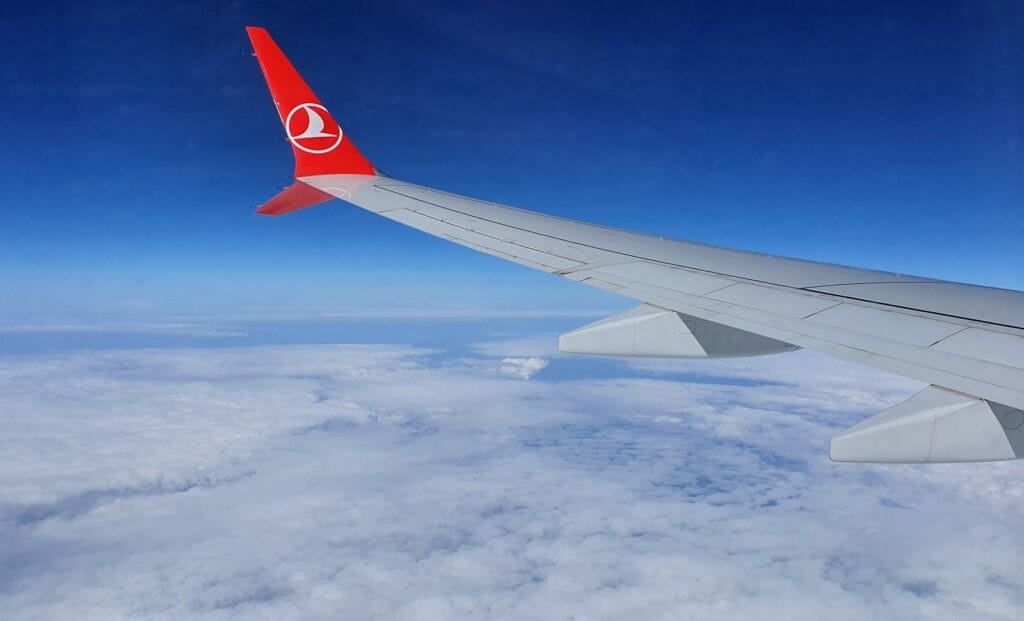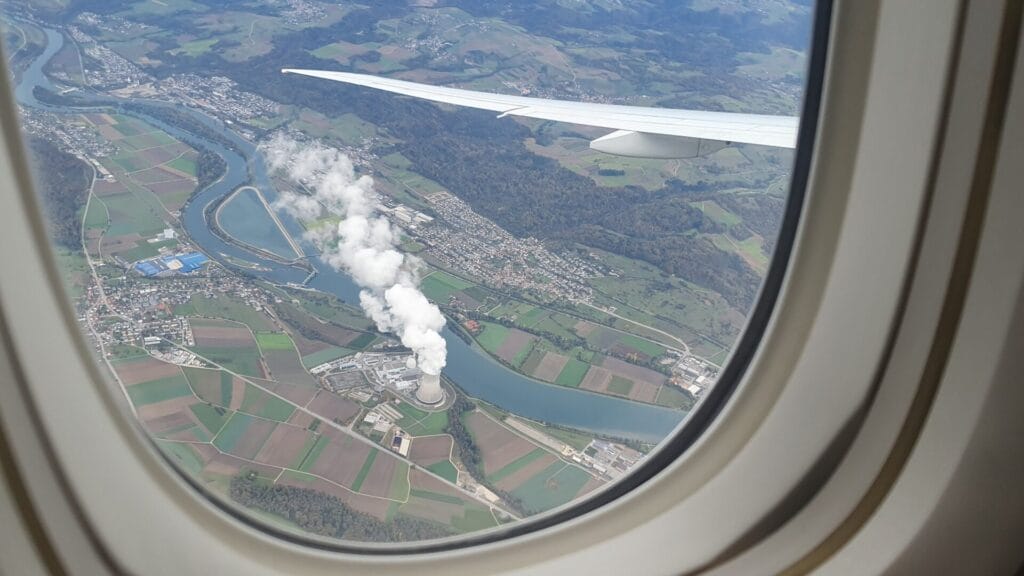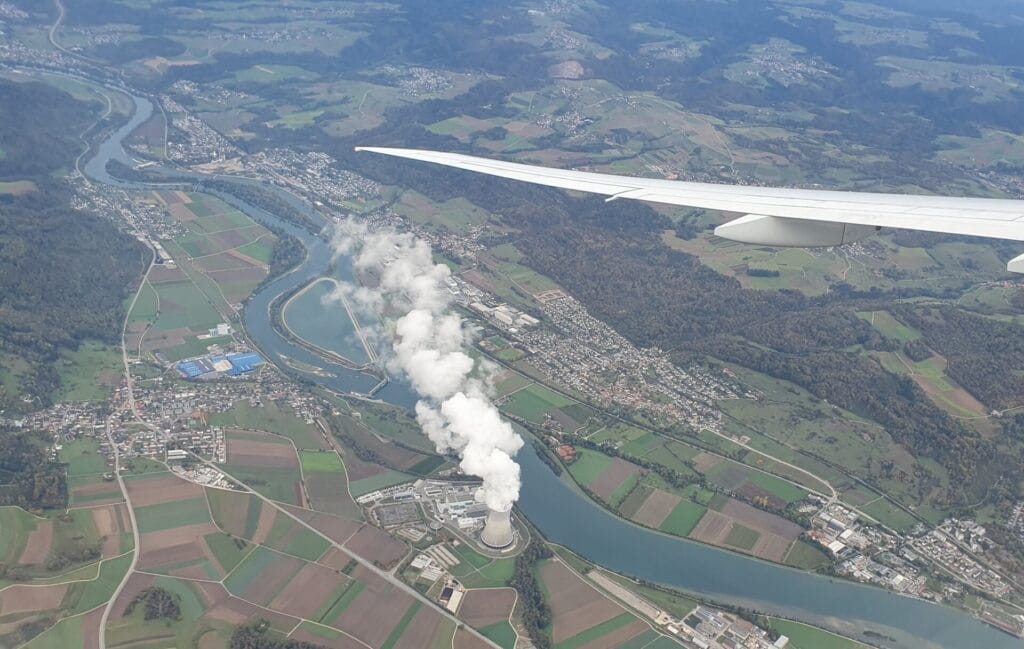Nuclear power plants are sensitive objects that cause a lot of reasonable and unfounded fears. They are extremely strong, in their construction and operation safety is always a priority, but there are no invulnerable industrial facilities. So maybe the planes don’t fly over them either?
This question, by the way, was raised by a reader on the Facebook page, where I shared a photo of the Leibstadt nuclear power plant. You should follow that page. There you can ask questions and suggest topics.

Of course, safety is of paramount importance for nuclear power plants. The disasters of Chernobyl and Fukushima have shown how high the cost of nuclear accidents is. However, the catastrophe may not begin at the power plant itself, but above it – are airplanes flying over nuclear power plants?
This issue was often raised shortly after the September 11, 2001, terror attacks in the United States. Then people were reassured that US nuclear power plants were designed and built during the Cold War years and can withstand particularly heavy blows. However, even if radiation did not spread to an airplane crash at a nuclear power plant would still be terrible news, nuclear power plants are strategically important and very expensive objects.
However, is it possible nowadays not to fly over nuclear power plants when there are so many planes in the sky? Perhaps, but it would not be easy, because there are quite a few nuclear power plants too. In Europe alone, at the time of writing the article, there are 168 operating nuclear reactors. There are also quite a few closed, but not dismantled NPP blocks, so the real number of such sensitive objects is higher. And planes fly over them – sometimes some kind of nuclear power plant can be seen through the window of an airplane.

The airspace above nuclear power plants is normally limited, but those restrictions have their limits. As an example, one can cite the Ignalina NPP, which is closed, but not dismantled. , The prohibited airspace above the Ignalina NPP is a circle with a radius of 5 nautical miles (about 9.26 km), which is bordered on one side. More precisely, not a circle, but a cylinder, since the forbidden airspace is three-dimensional and has a ceiling – at a height of 5,944 meters there is no insurance.
By the way, since the photo that caused the reader this question was taken in Switzerland, I asked the same question to the air navigation specialists of that country at Skyguide turns out that in Switzerland the forbidden airspace around nuclear power plants is smaller – within a radius of 1.5 km and a height of 1 km above the surface of the earth (not above sea level). Different countries have different power plants, different air defense systems, traffic control and restricted airspace areas are different.
Commercial planes, as you know, usually fly at an altitude of 9-13 km. So, if the route is drawn in this way, the planes over the Ignalina NPP fly without problems. In order to enter the forbidden airspace, you would already have to ask for permission from the Air Force. What to fly there? Well, there may be reasons – for example, someone might want aerial images for a documentary.

Airplanes almost never fall from the sky as if trampled. If a plane flying somewhere above the Ignalina NPP suffered a breakdown, it would be diverted away. Even when flying, the plane would cover that distance of 9.3 km in less than a minute. Well, if the approach to the nuclear power plant was done intentionally, the response would be harsh.


Leave a Reply